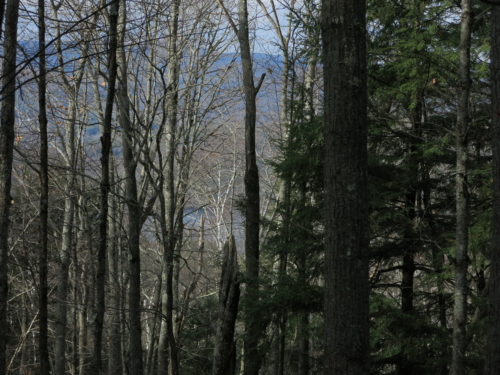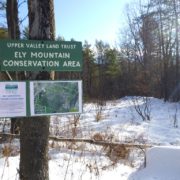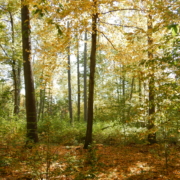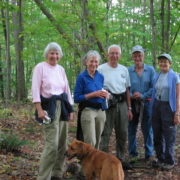A Suitable Habitat for Endangered Northern Long Eared Bats
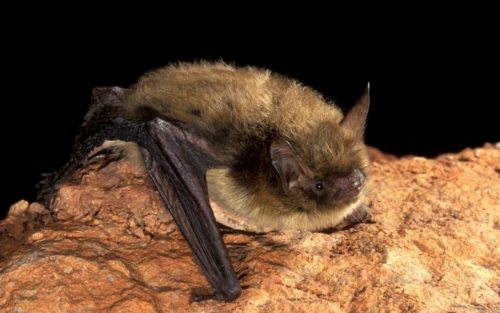
Northern Long-Eared Bat (Photo by J. SCOTT ALTENBACH)
Effective March 31, 2023, the Northern Long-Eared Bat (myotis-septentrionalis) will officially move from threatened (first designated in 2015) to endangered under the Endangered Species Act. While the decision was declared in late November by the Biden administration “in a last-ditch effort to save a species driven to the brink of extinction by white-nose syndrome, a fungal disease” the U.S. Fish and Wildlife Service proposed an extension “that will allow the Service to finalize conservation tools and guidance to avoid confusion and disruption for landowners, federal partners and industry with projects occurring in suitable habitats within the northern long-eared bat’s 37-state range.” (https://www.fws.gov/media/extension-effective-date-northern-long-eared-bat-endangered-listing).
It is not surprising that one suitable habitat for the species is UVLT’s Ely Mountain Conservation Area.
“Located at the northern edge of Thetford’s largest unfragmented forest area,you will find huge old trees, rock outcroppings, glacial boulders, seeps and streams draining into four different watersheds. This large area of intact forest supports a potential cross-river wildlife corridor extending east to the headwaters of the Mascoma River and the White Mountains. Threatened, and endangered Northern Long-eared Bats have been tracked and observed in the area.”
While the most recent decline in species population is due to white-nose syndrome, which “has spread across nearly 80% of the geographical range where northern long-eared bats live and is expected to cover it all by 2025.” (NPR 2022), habitat loss is still a contributing factor and can cause bats to prematurely leave hibernation resulting in fat loss, and eventually starvation. The bats winter in caves and mines and move to forests for summer roosting and feeding. Land conservation, like Ely Mountain, can play an important role in protecting future population growth by providing summer habitat and roosting areas within close distance of hibernacula.
Most interactions with people are in the summer when bats are more active and widespread. During summer months, forest management and timber harvesting within five miles of hibernacula should leave uncut all snag and cavity trees and roost trees unless their removal is necessary for protection of human life and property.
To learn more about Northern Long-eared Bats: https://www.fws.gov/species/northern-long-eared-bat-myotis-septentrionalis
To learn more about white-nose syndrome: https://www.whitenosesyndrome.org/

